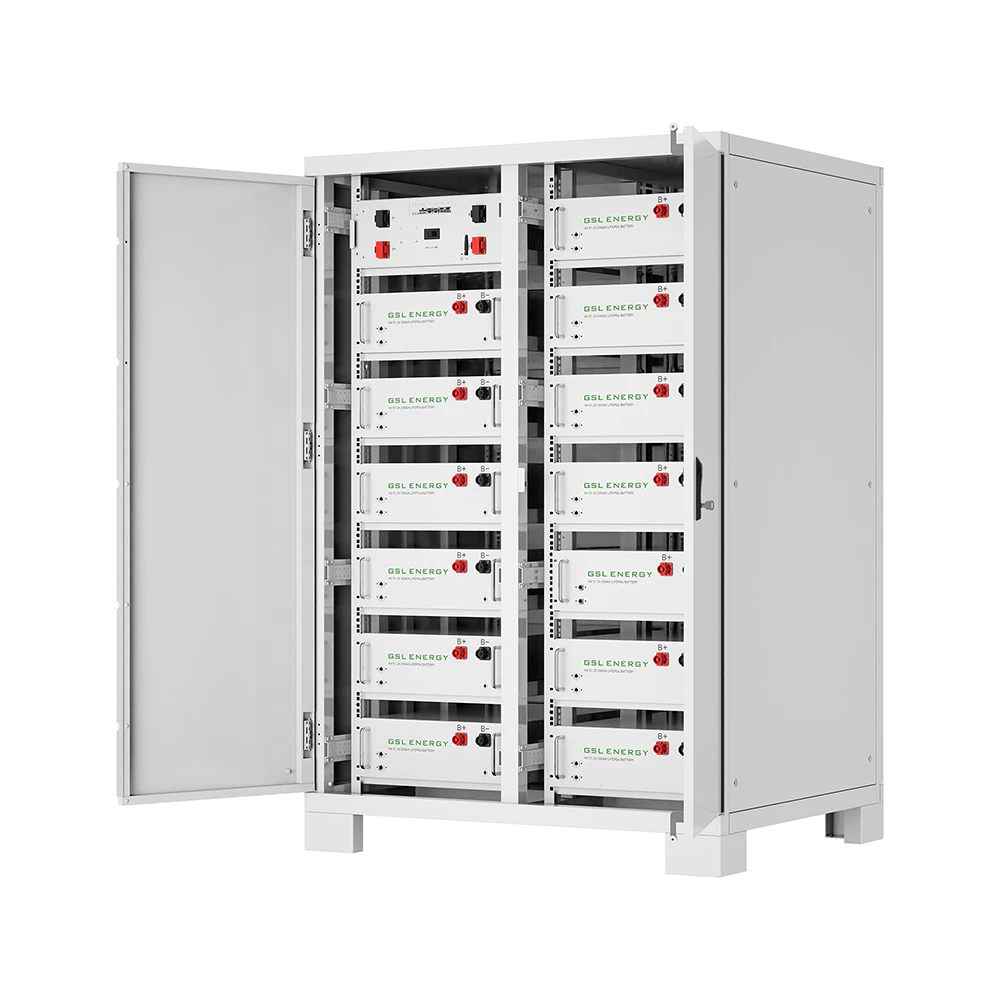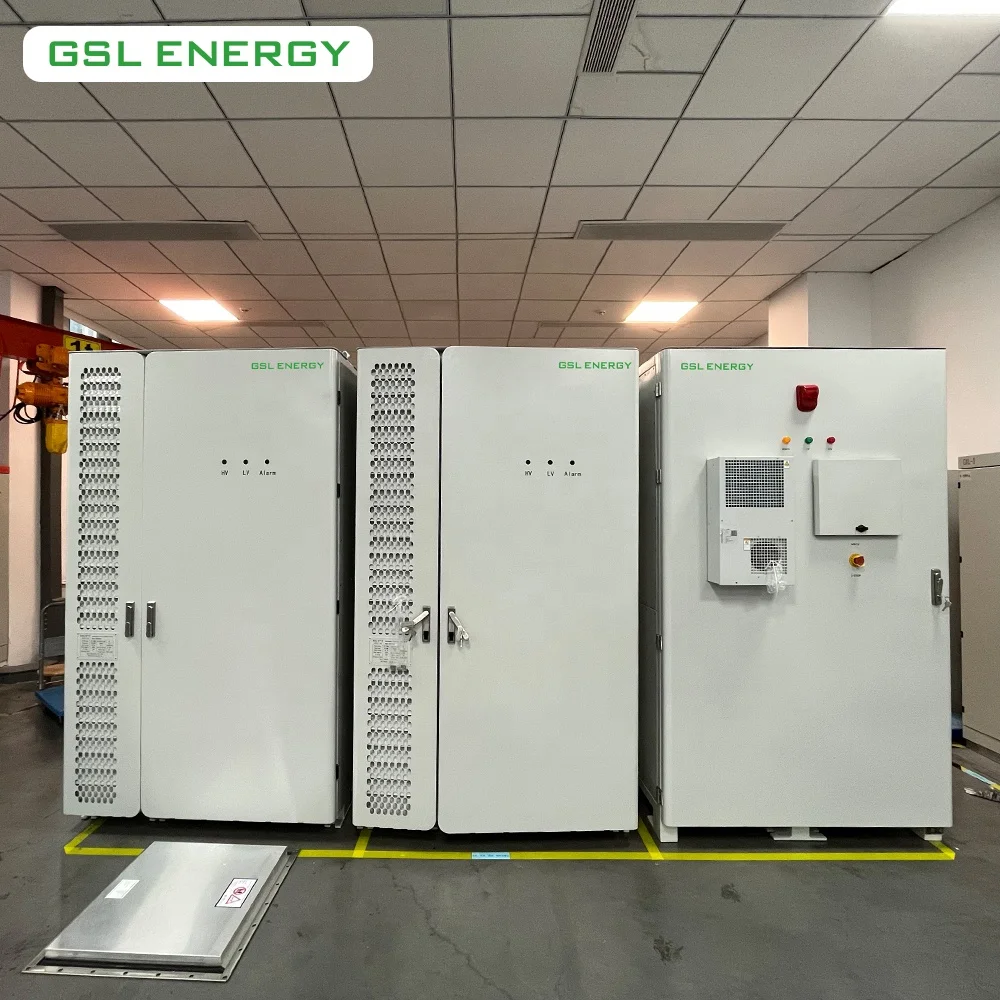Tailored Battery Energy Storage for Commercial Buildings and Microgrids
Benefits of Commercial Battery Energy Storage Systems
Cost Reduction Through Peak Shaving
One of the primary advantages of commercial battery energy storage systems (BESS) is the potential for substantial cost reduction through peak shaving. Peak shaving involves reducing or shifting electricity usage during periods of peak demand, thereby lowering energy costs. According to a study by the U.S. Department of Energy, BESS can help achieve a reduction in peak demand charges by up to 40%, leading to significant savings for businesses. Additionally, commercial entities can benefit from time-of-use pricing, allowing them to discharge stored energy during high-rate periods. Implementing BESS also qualifies businesses for various demand response programs, providing additional incentives and savings on energy bills.
Enhanced Grid Stability and Resilience
Battery energy storage systems play a pivotal role in enhancing grid stability and resilience. They offer ancillary services such as frequency regulation and voltage support, contributing to a more reliable energy supply. According to the National Renewable Energy Laboratory, energy storage systems can rapidly respond to fluctuations in energy demand, helping to prevent blackouts and maintain grid reliability. Moreover, during extreme weather events or emergencies, BESS acts as a buffer, ensuring a sustained power supply for critical infrastructures like hospitals and emergency services. This resilience is increasingly important as aging infrastructure faces growing demand and climate-related threats, making BESS an invaluable part of modern energy systems.
Support for Renewable Energy Integration
Battery storage is crucial for supporting the integration of renewable energy sources like solar and wind, which are inherently intermittent. Bloomberg projects that global battery storage deployment will grow significantly by 2030, driven by the need for reliable renewable integration. BESS enables businesses to store excess energy generated during off-peak times and utilize it later, optimizing renewable energy usage and minimizing carbon footprints. Policies and incentives are increasingly aiming to reduce barriers to BESS integration with renewable sources, ensuring a more sustainable energy future. This alignment of technology and policy underscores the essential role of battery storage in the transition to clean energy.
Key Applications in Commercial Buildings
Load Management for High-Demand Facilities
Battery energy storage is crucial for effective load management in facilities with high energy demands. It allows these facilities to better control and allocate their energy use. By analyzing load profiles, businesses can identify peak usage periods and ensure that stored energy is utilized efficiently, thereby minimizing costs. This practice not only facilitates energy allocation but also leads to a balanced load on the grid, potentially reducing additional infrastructure expenses that arise from high demand. In times when energy costs are on the rise, implementing battery storage systems can result in significant long-term savings for commercial operations.
Backup Power for Critical Operations
Battery Energy Storage Systems (BESS) are indispensable as a backup power source for critical operations, ensuring business continuity during power outages. Facilities such as data centers, healthcare units, and manufacturing plants increasingly depend on these robust energy storage solutions to mitigate risks associated with downtime. According to research by the Federal Energy Regulatory Commission, integrating BESS can notably decrease the impact of outages, thereby enhancing operational resilience. Moreover, incorporating backup power systems can lead to favorable insurance premiums and help businesses comply with industry standards for risk management.
Solar Energy Storage Optimization
Organizations with solar installations greatly benefit from using battery storage to optimize their solar energy usage, leading to enhanced energy independence. With BESS, businesses can store excess solar energy generated during the day and use it during peak evening hours, thereby maximizing self-consumption. Studies show that combining solar energy with battery storage can increase total energy savings by up to 70% compared to using solar power alone. Such optimization allows companies to participate in energy trading or demand response programs, further monetizing their energy assets while contributing to a lower carbon footprint.
GSL Energy's Tailored BESS Solutions
GSL80-130kWh Commercial & Industrial BESS
GSL Energy's Battery Energy Storage Systems (BESS) are meticulously designed to address the diverse needs of commercial and industrial sectors. This range from 80 to 130 kWh provides flexibility and scalability, making it suitable for various operational requirements, from smaller enterprises to larger industrial setups. Importantly, these systems integrate effortlessly with existing energy infrastructures, enabling streamlined deployment without necessitating extensive infrastructural modifications. Case studies have shown that businesses adopting this system experience enhanced energy management capabilities, substantial cost savings, and increased operational resilience. The efficient performance and reliability of these systems highlight why GSL Energy remains a preferred choice for industrial and commercial energy solutions.
High-Voltage Liquid Cooling Container System
The High-Voltage Liquid Cooling Container System from GSL Energy introduces an innovative approach to battery temperature regulation, significantly enhancing performance and lifespan. This system, characterized by advanced liquid cooling technology, offers a revolutionary method for managing greater energy loads while maintaining safety and efficiency. Its containerized design facilitates logistics by reducing installation time and improving operational readiness, providing a streamlined approach to deploying energy storage solutions. Furthermore, it effectively tackles thermal management challenges that could otherwise affect battery performance, ensuring optimal operation in various environments. This sophistication in cooling technology represents a critical leap in managing efficient energy solutions for commercial and industrial applications.
Microgrid Integration Strategies
Hybrid Energy Management Systems
Hybrid energy management systems are pivotal in optimizing energy distribution within microgrid settings. These systems manage and harmonize diverse energy resources, seamlessly integrating renewable resources like solar and wind with traditional generation and storage systems. This dynamic approach offers a flexible solution for energy management across various applications. Particularly for remote or off-grid locations, hybrid systems play a crucial role in stabilizing energy supply where reliability is essential. Research indicates that microgrids can achieve efficiency improvements of up to 30% when optimized with hybrid energy systems. Such advancements highlight the potential of these systems to significantly enhance energy management in microgrid applications.
Scalable Architecture for Future Expansion
Designing battery energy storage systems (BESS) with scalable architecture allows businesses to efficiently adapt their energy needs as they grow. This architectural flexibility enables smooth upgrades in capacity and technology without requiring extensive overhauls or significant capital investment. Industry experts anticipate that scalability will be a prominent trend in energy storage solutions, driven by fluctuating demand and the need for future-proof investments. By opting for scalable BESS, organizations can protect their investments against evolving energy challenges, ensuring they remain aligned with technological advancements and increasing energy requirements. Notably, the benefits of scalability in energy storage are becoming increasingly recognized as businesses seek to maximize their operational efficiency.
Smart Grid Communication Protocols
Smart grid communication protocols are integral to enhancing the interaction and efficiency of battery energy storage systems with other grid assets. These protocols facilitate real-time data exchange and analysis, empowering stakeholders to make informed energy decisions and automate processes. According to the International Energy Agency, the implementation of effective communication tools can lead to 10-15% improvements in energy management. Furthermore, these protocols support participation in demand response programs, contributing to greater grid reliability and stability. By embracing smart grid communication protocols, organizations can benefit from improved efficiency and better integration within the broader energy ecosystem. These advancements represent a crucial step in optimizing energy management practices.
Future-Proofing Energy Infrastructure
Lithium Iron Phosphate Battery Advancements
Advancements in lithium iron phosphate (LiFePO4) technology are revolutionizing the energy storage sector, offering more sustainable and safer solutions. These batteries are celebrated for their longer cycle life and enhanced thermal stability, making them ideal for commercial applications where durability and safety are paramount. Additionally, reports suggest that transitioning to LiFePO4 batteries can reduce maintenance and replacement costs by up to 25% when compared to traditional lithium-ion batteries. As businesses adopt these cutting-edge systems, they benefit from more reliable backup power and improved energy service, thereby ensuring operational continuity during outages or peak demand periods.
Multi-Stage Grid Support Capabilities
The multi-stage capabilities of battery systems are crucial for efficient adaptation to diverse grid conditions and energy demands. These systems can perform a range of functions, including backup power supply, grid stabilization, and voltage support, contributing significantly to overall energy efficiency and reliability. Utilizing Battery Energy Storage Systems (BESS) with multi-stage functionalities allows businesses to enhance power management, particularly during peak loads or unexpected outages. Industry studies indicate that these multi-functional energy storage solutions can successfully address up to 90% of variable power requirements, enabling organizations to maintain stable electricity flow even amidst fluctuating energy conditions.




